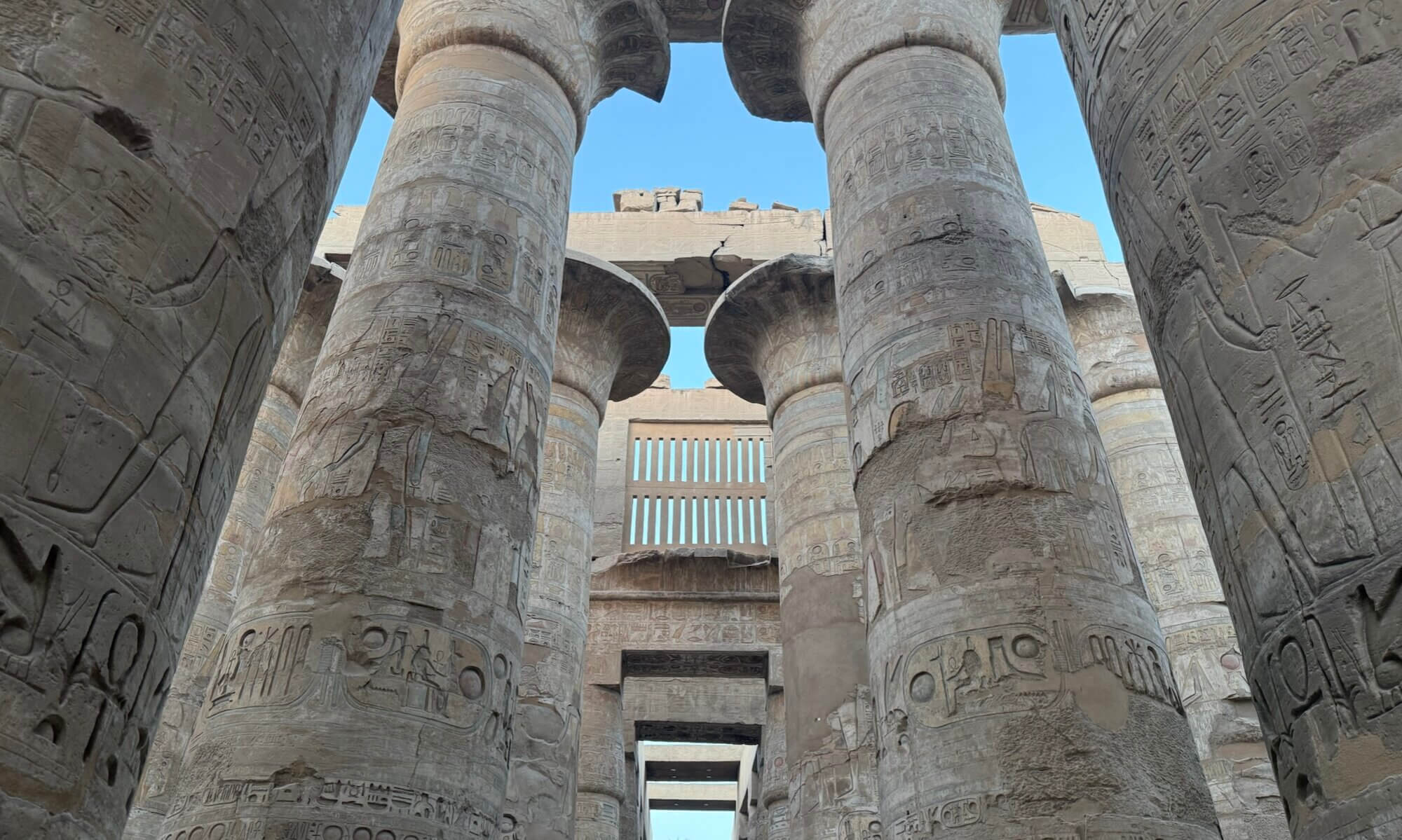The currency of Thailand is the Baht, abbreviated as THB. It serves as the official medium of exchange in the country and is widely used across all sectors of the Thai economy. The baht has a long-standing history dating back to the Siamese era, with its origins rooted in traditional silver currency units. Over time, it has evolved into a modern currency managed by the Bank of Thailand, featuring both coins and banknotes in various denominations, adapted to serve the needs of a rapidly developing country with a bustling tourism industry and vibrant local markets.
The Baht’s historical journey reflects Thailand’s shifting political and cultural landscape. Originally, weights of silver called baht were used as currency long before the introduction of paper money. The Bank of Thailand issued the first baht banknotes in the early 20th century, establishing state control over monetary issuance. Throughout this period, the banknotes underwent several redesigns, mirroring significant national events, royal transitions, and changing artistic styles. The currency remained closely linked to the monarchy, and the reverence for kings has been a consistent theme in its visual elements, symbolising stability and national identity.
In terms of design, the Baht banknotes are finely detailed artworks blending traditional Thai motifs with modern security features. Each denomination is colour-coded for ease of use and features intricate depictions of landmarks, temples, and portraits of the revered Thai kings. The current series prominently showcases King Rama IX, King Bhumibol Adulyadej, who was the world’s longest-reigning monarch until his passing in 2016. His image is depicted in formal royal attire, reflecting the deep respect and affection the Thai people hold for him, as well as his role in the country’s modernisation and stability.
The places illustrated on the baht notes are carefully chosen to highlight Thailand’s rich cultural heritage and architectural grandeur. Temples such as Wat Phra Kaew and Wat Arun make appearances, serving as iconic symbols of Thai spirituality and craftsmanship. These depictions not only enhance the visual appeal of the currency but also educate users about Thailand’s historical and religious landmarks. The synergy between royal portraits and national landmarks on the Baht banknotes positions the currency as a living testament to the nation’s pride in its monarchy and cultural legacy.
Finding an ATM in major cities is absolutely no problem. Paying by card in restaurants and hotels is easily possible, but especially for being streetfood and shopping on markets it is advised to best have some cash on you. That is also true as you probably want to tip drivers and guides; for this, having cash in your pocket is a necessity.
Baht / THB
Thailand
Loading map...


